Hisense 65U7KQTUK review: livin’ la VIDAA loca
OLED? ULED? Ignore the acronyms, this TV delivers on picture
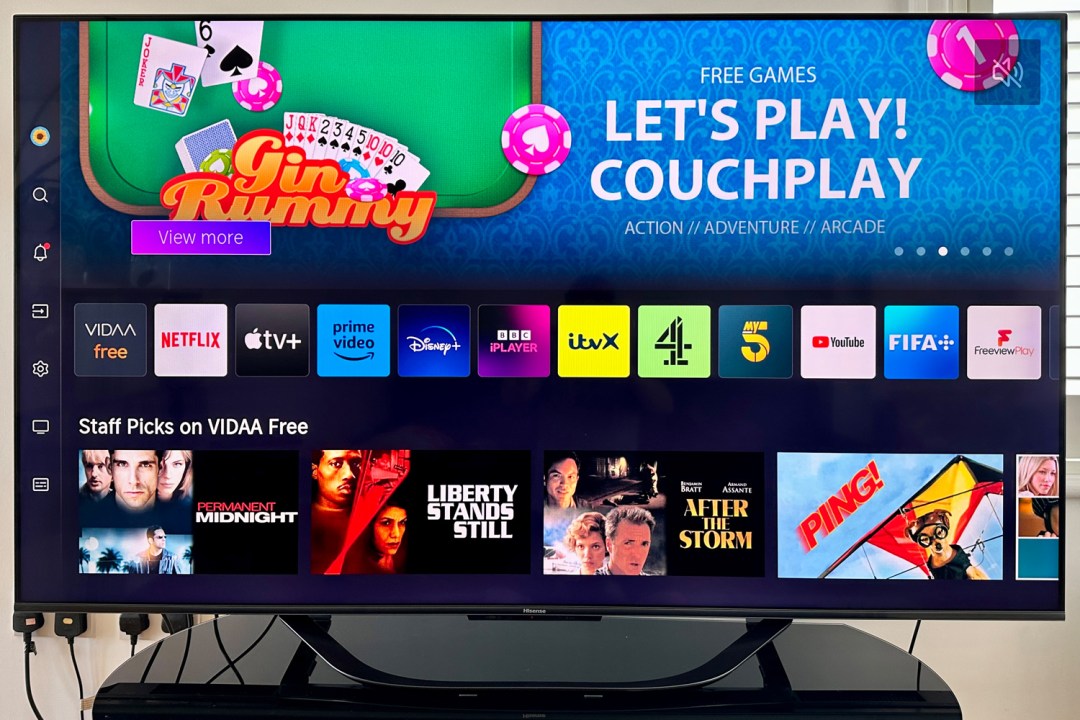
Audio or video, it doesn’t matter; you can rely on Hisense to take any expensive new tech and democratise it. Can you think of another TV brand able to combine quantum dot panel technology with MiniLED backlighting and every worthwhile HDR standard in a TV, and then charge less than £1500 for a 65in version? You won’t find any in our best 4K TVs list, that’s for sure. So on paper, the 65U7KQTUK looks like a bit of a bargain.
But the real question is: what will it look like in your front room? Apart from massive, of course?
Design and build: as bezel-less as all the rest
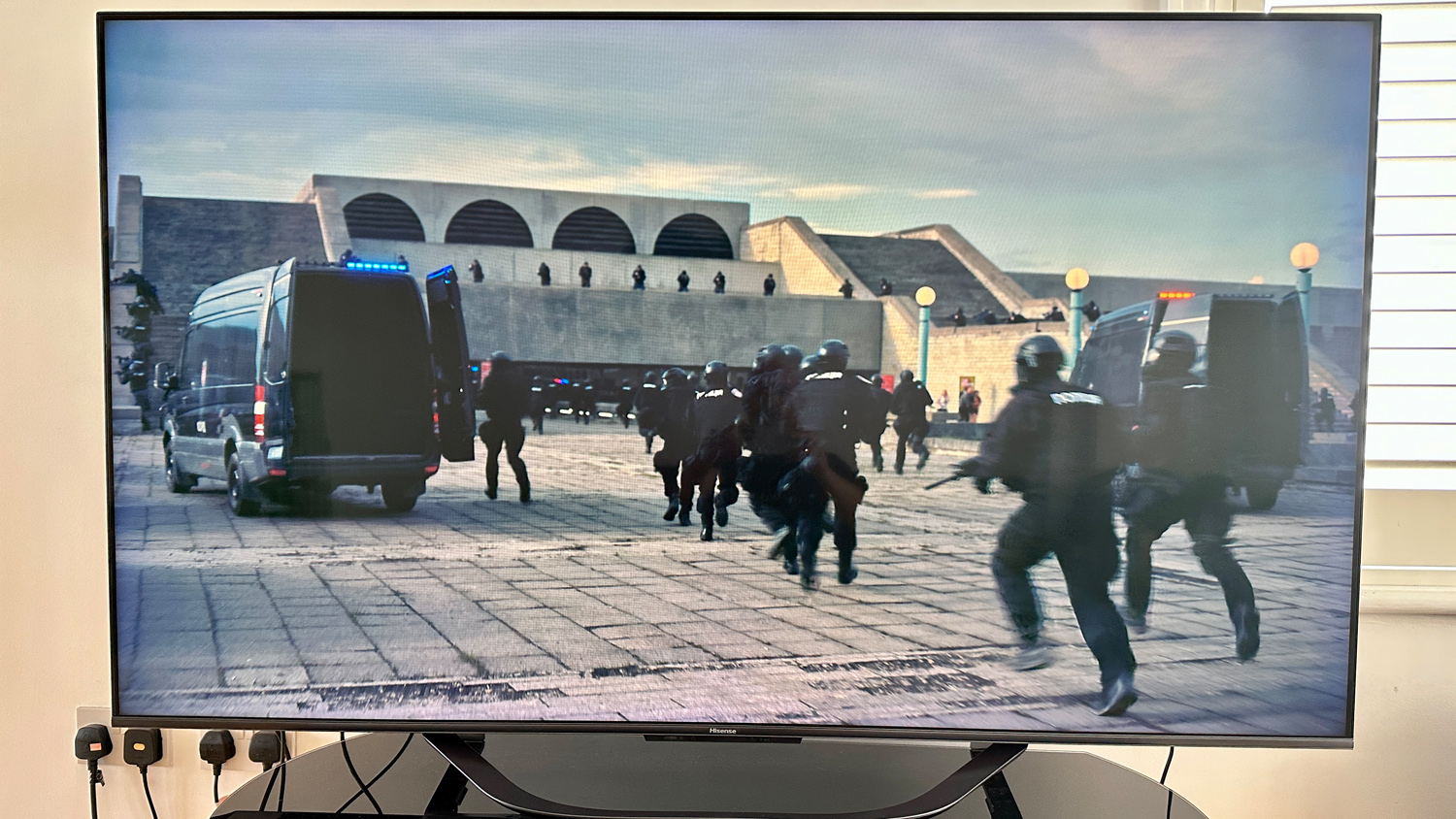

‘Bezel-less’ is a bit of a daft description for the design of a television. Hisense isn’t the only company to use the word – but it’s just as nonsensical here as it is everywhere else. Of course the 65U7KQTUK has bezels around its screen – but they are, at least, nice and thin. See the screen from the front, and there’s really not much bezel visible at all. Even in profile, the screen surround is only a touch over 5mm. And it’s made of aluminium, which gives a mildly up-market appearance and feel.
The rest of it is nicely put together, too. It’s mostly plastic, of course – but the chassis feels sturdy enough, which is probably a big part of why the Hisense weighs 19.7kg without its stand. The stand itself is metal with a plastic facing, and it’s a sort of hoop shape that reminds me (for some reason) of the Diana fountain in Hyde Park (but on a slightly smaller scale, naturally). It ups the weight by 1kg, and it’s fairly compact – so the 65U7KQTU doesn’t need all that wide a surface to stand on.
If you want to stick the TV up on the wall, though, go right ahead – it’s VESA-compatible, so a bracket won’t be hard to come by. Bear in mind that the Hisense is 77mm at its deepest, though, which means it won’t exactly look flush to the wall once it’s up there.
Features: ‘ULED’, but also ‘QLED’. And ‘MiniLED’ too
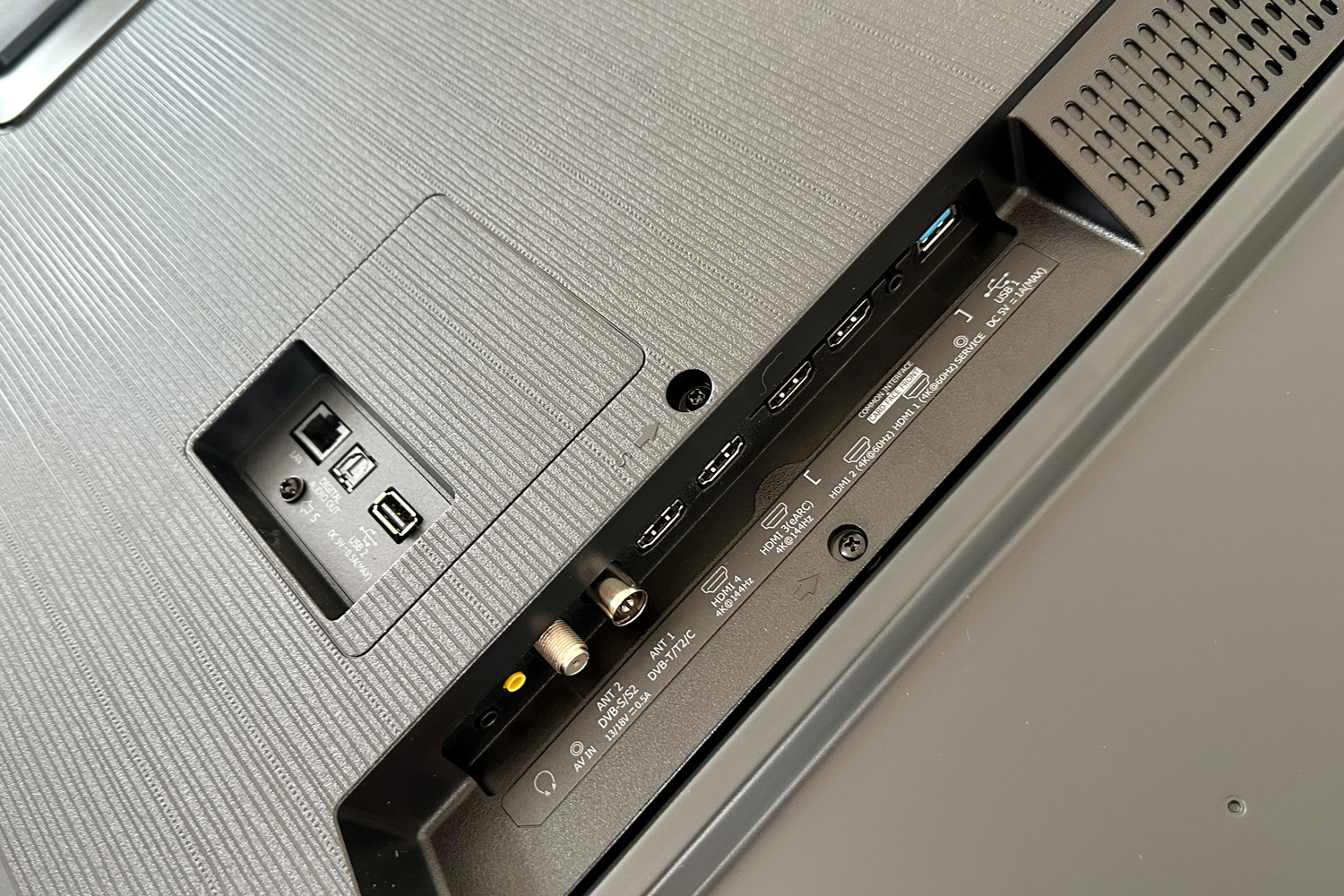
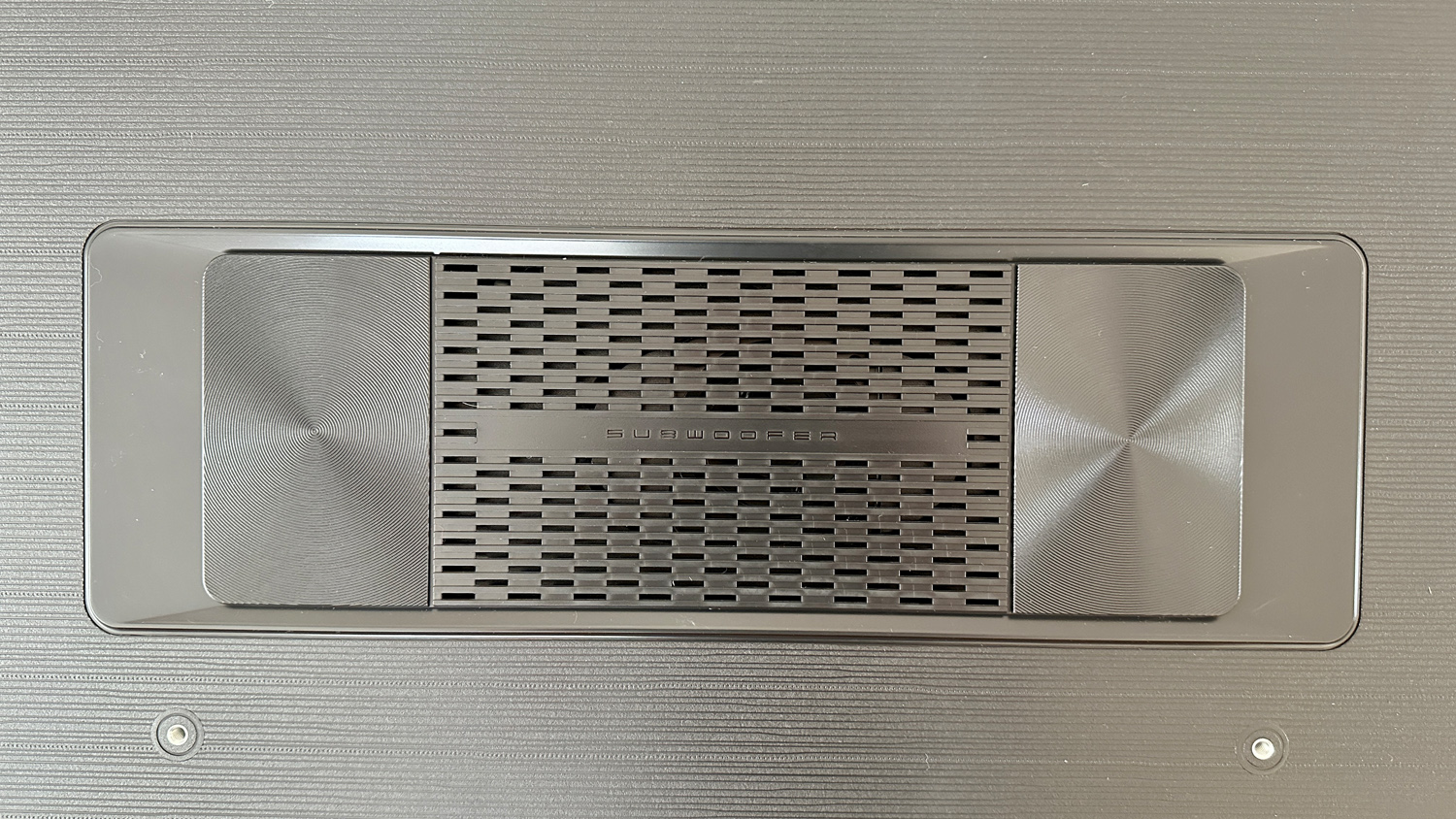
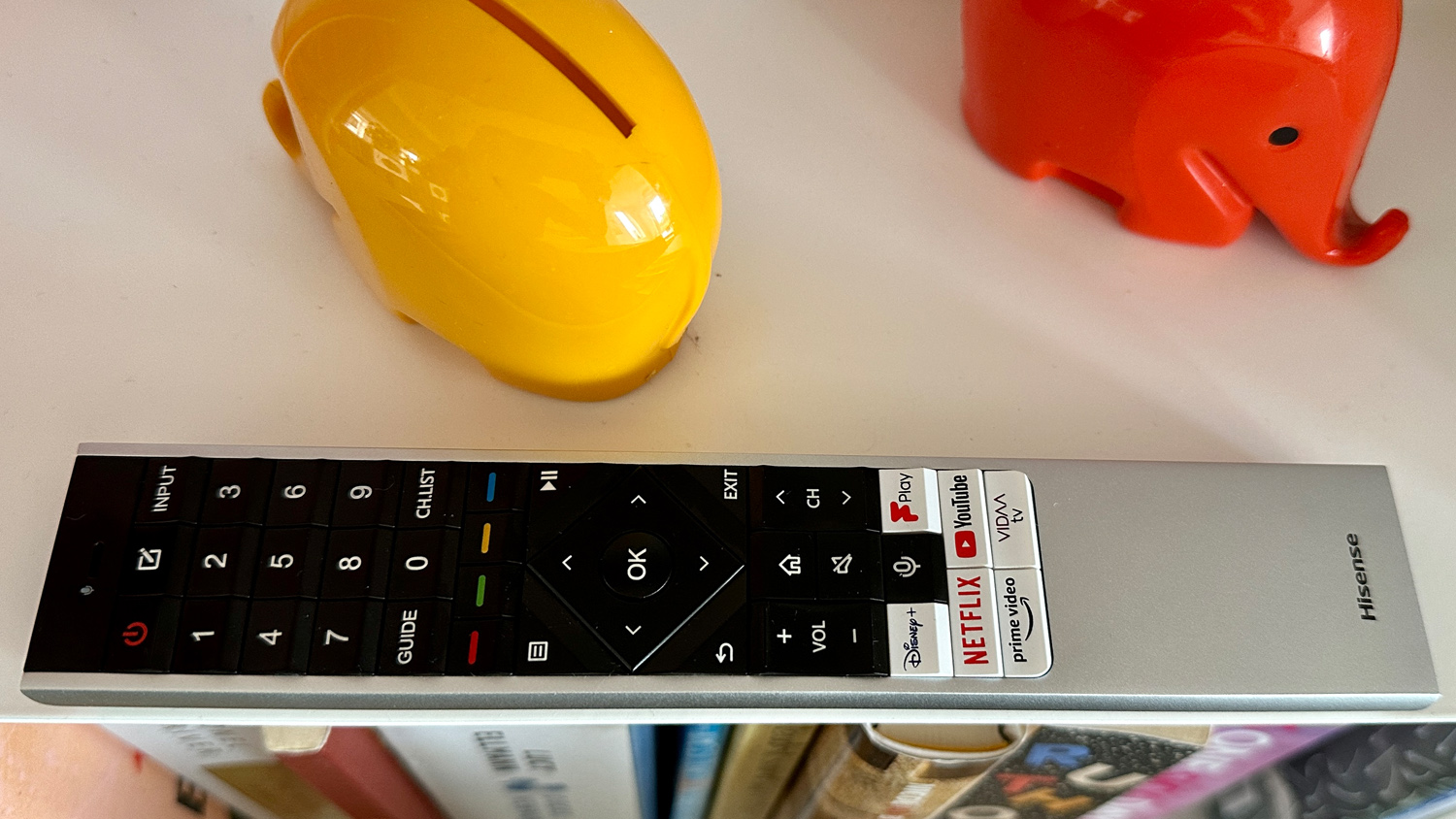
The 65U7KQTUK is a ‘ULED’ model, which in Hisense speak means it contains picture processing goodness such as ultra-wide colour gamut, ultra local dimming, ultra 4K resolution and ultra smooth motion rate. Only some of those appear on its QLED models, which have quantum dot panel tech on board. This set has it all, along with a miniLED backlight – by no means a given for the wider range. Hisense TVs, it seems, have to be considered very much on a case-by-case basis.
A 144Hz panel will be good news for gamers in general, and PC gamers in particular. The 65U7KQTUK has four HDMI inputs, half of which are able to deal with 4K/144Hz, ALLM, VRR and AMD Freesync Premium. One of them takes care of eARC, too. You also get a couple of USB-A slots (one 3.0, one 2.0), an Ethernet socket, composite video via a single 3.5mm input, a digital optical output and a 3.5mm headphone output, and a couple of aerial posts. There’s Bluetooth 5.0 on board, and dual-band Wi-Fi 6 too.
The Hi-View quad-core processing engine is in charge. It has some AI smarts in order to optimise audio and video quality on the fly, and it allows the screen to be compatible with every worthwhile HDR standard. HDR10+ Adaptive and Dolby Vision IQ are the most worthwhile of the lot, of course, and the 65U7KQTUK is IMAX Enhanced and Filmmaker Mode certified too. It’s also TÜV Rheinland-certified for low blue-light emissions.
The audio system is a 2.1-channel number powered by a total of 40 watts. Two full-range drivers face forwards, and there’s a low-frequency driver (labelled ‘subwoofer’ to avoid any confusion) on the back of the chassis. The 65U7KQTUK is compatible with Dolby Atmos – which means it can deliver a stereo version of a Dolby Atmos soundtrack.
Interface: Livin’ La VIDAA Loca etc and so on
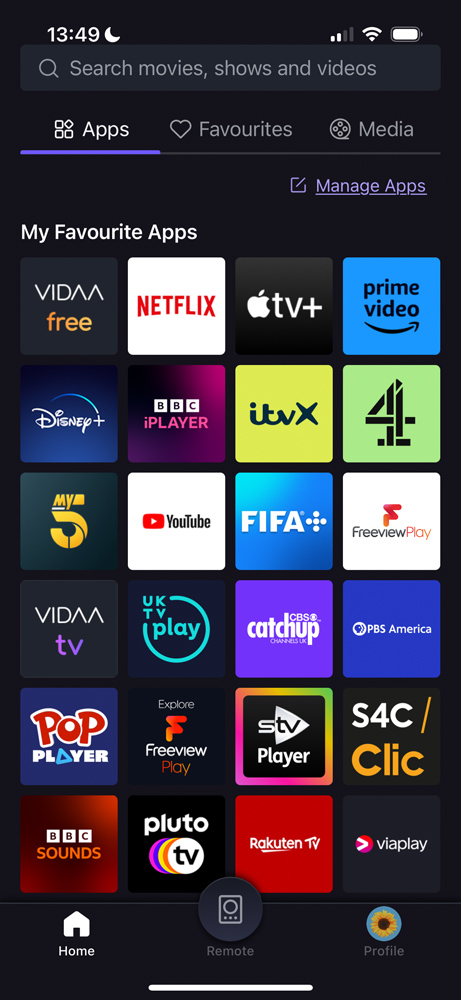
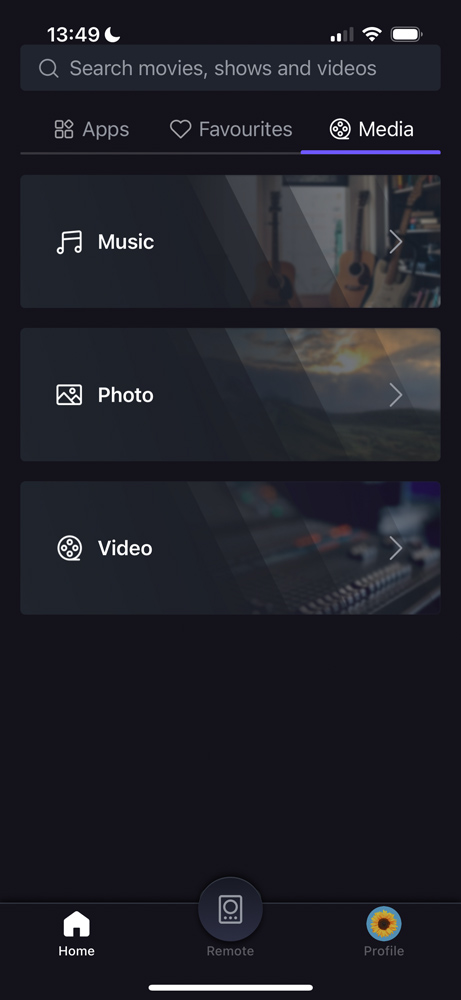
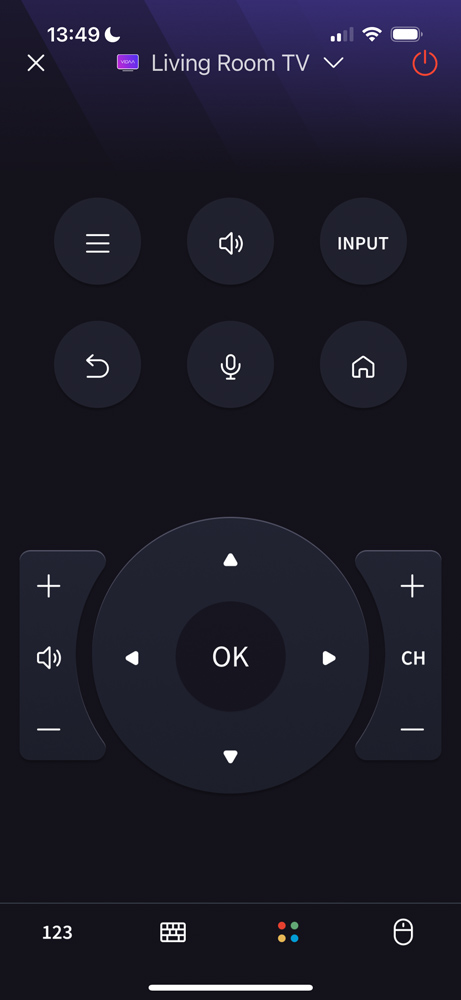
The 65U7KQTUK uses Hisense’s bespoke VIDAA smart TV platform. Here it’s the – hey! – U7 version. It’s got every catch-up and streaming service app you could want, and quite a few you don’t, all easily rearranged to suit your preference. Quite unexpectedly, there’s some worthwhile content on Hisense’s own ‘VIDAA Free’ channel, even if you have to hunt for it.
VIDAA covers the whole screen, which is always a bad idea, but it’s quite responsive and doesn’t take too long to start making sensible recommendations.
Negotiating the smart TV interface and the logical, minimal set-up menus can be done using the nicely metallic remote control handset. It has a number of sensibly sized and contoured buttons; if it had some backlighting it would be close to perfect. Or there’s the straightforward VIDAA control app that’s free for iOS and Android. Voice-control is available too, in Amazon Alexa and VIDAA Voice varieties. The screen has a defeatable mic in its frame, and there’s a mic button on the remote and the app.
There’s also a gamer-specific interface in the shape of ‘Game Bar’. It can overlay the bottom of the screen and give access to lots of relevant information without the player having to exit the game in order to see it. Which is handy.
Performance: feed me good things

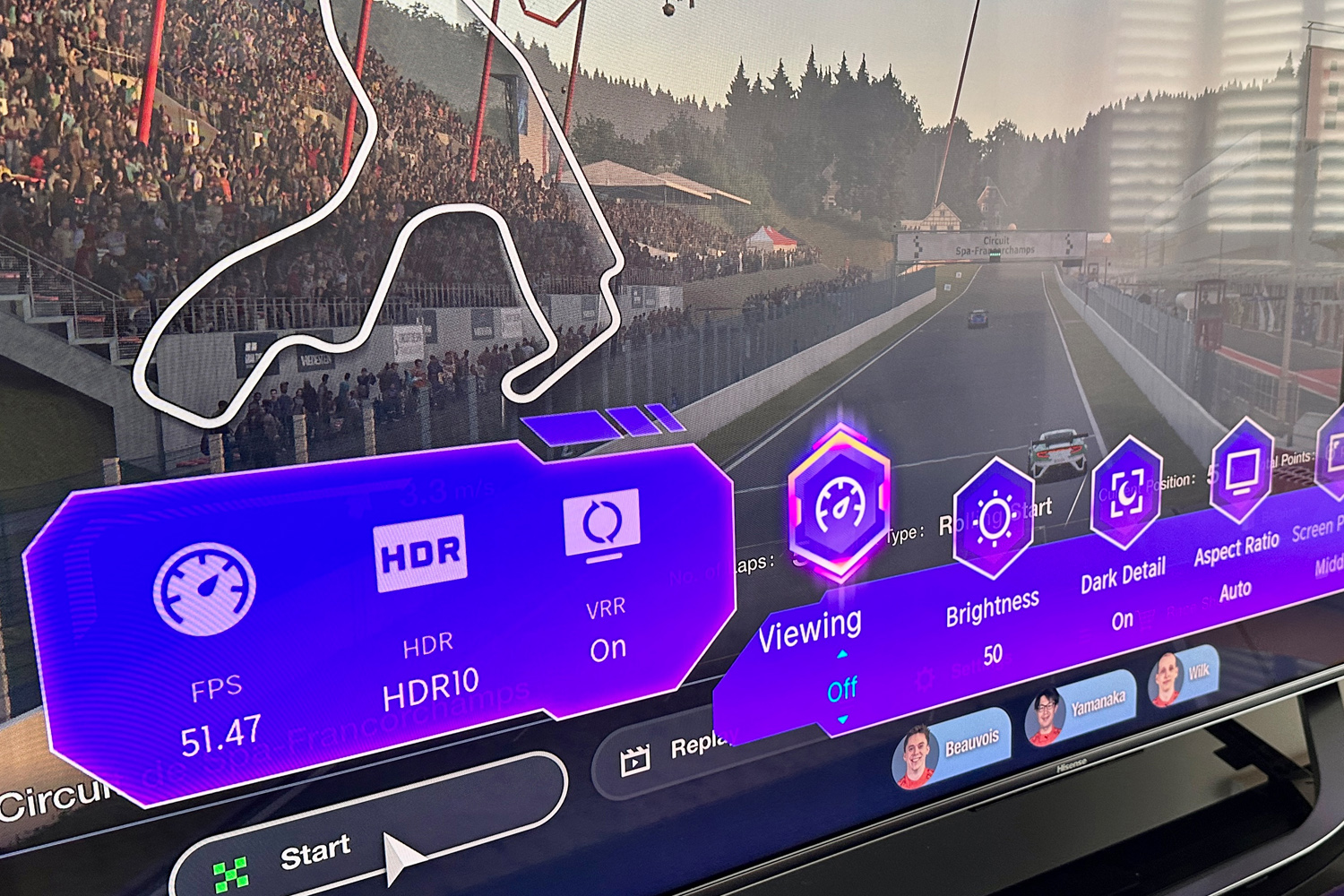
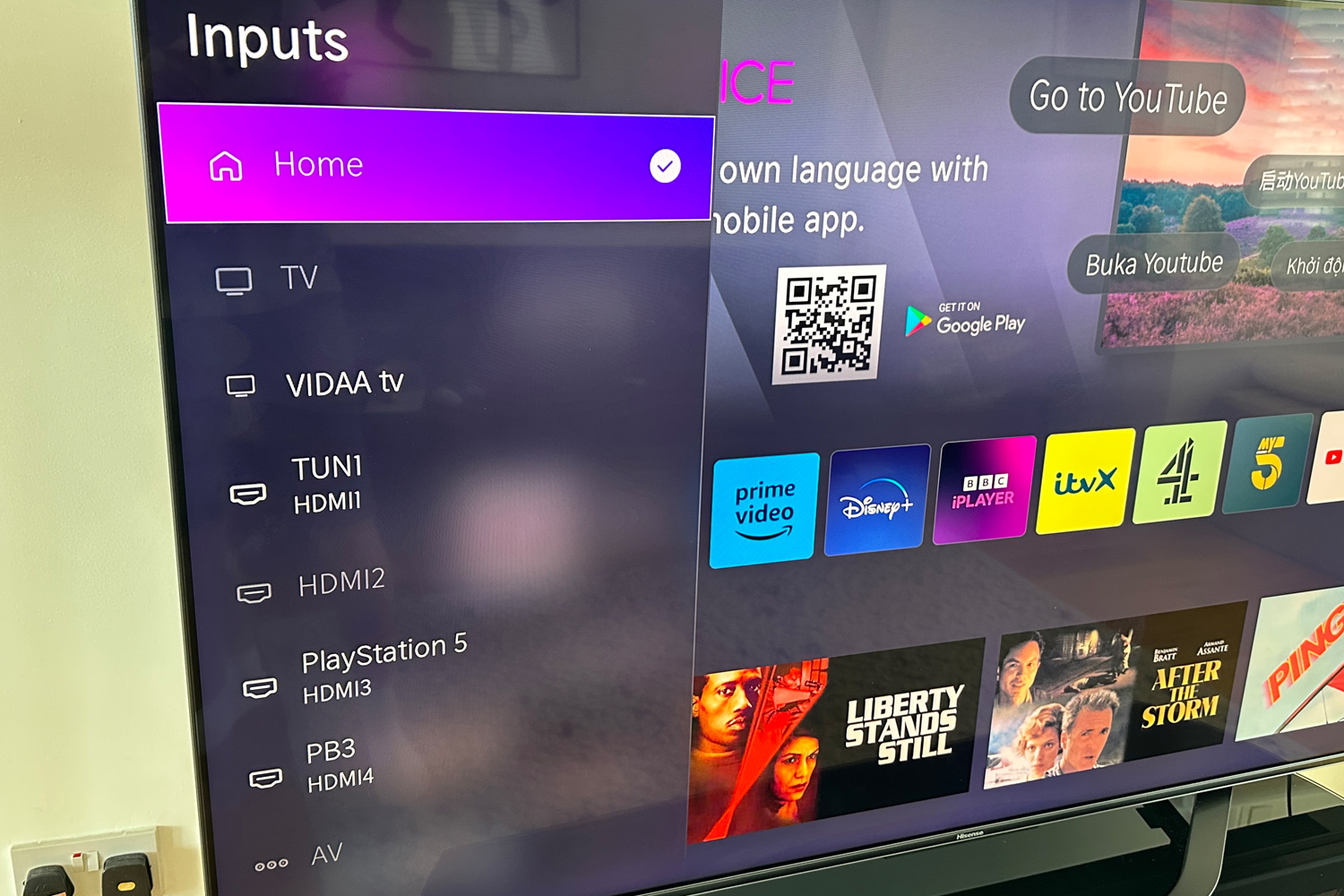
You don’t buy a thoroughly specified 4K TV (with quantum dot technology and MiniLED backlighting, let’s not forget) in order to watch antique content from the depths of your cable TV box channel menus, do you? Well if you do, don’t give much consideration to the Hisense 65U7KQTUK – it has many virtues, but upscaling is not high on the list.
To be fair, it does pretty good work when upscaling 1080p, but anything lower than that and the Hisense really doesn’t look like it can be bothered. Images are somehow soft and edgy at the same time, detail isn’t really a thing, and black tones crush to uniformity in every circumstance.
Treat it to some native 4K content, though – ideally with an HDR element to it for good measure – and it’s a very different story. An HDR10-equipped UHD Blu-ray of Christopher Nolan’s borderline-incoherent Tenet, for example, looks an absolute treat. Even if it doesn’t make any sense as a film.
For an LCD TV, the 65U7KQTUK does really well with black tones. They’re deep and lustrous, have plenty of detail and variation, and coexist quite happily with bright white elements in the same scene. Whites are equally detailed, stay clean and have reasonable dynamism even though this Hisense isn’t the brightest screen around. The fancy-pants backlighting comes into its own during dark scenes with small areas of light – they’re handled confidently, with negligible blooming around bright areas and no drop-off in detail levels. In every eventuality, in fact, backlighting is admirably even and consistent.
The colour palette is extensive, the Hisense able to describe even minuscule variations in tone or shade in a naturalistic manner. It makes skin-tones and textures completely believable, and makes them individual in every circumstance. This is helped by a good facility with textures (clothing or building materials, skin, you name it), and the ability to properly control even the trickiest patterns. Edge definition is good, and depth of field is extensive when the content demands it.
The 65U7KQTUK does good work controlling on-screen movement, too. It’s really robust and authoritative, meaning even the most testing and/or unpredictable motion stays solid and believable. Even the dreaded televised sport stays coherent and stable – and there’s no sterner test than that.
Console gaming enjoys all of this good stuff, too. The ability to describe contrasts properly makes lighting effects really pop, and the seemingly limitless colour palette makes games look their best too. And, of course, the impressive refresh rate means judder or tearing is never an issue.
After all this good work where picture quality is concerned, the Hisense lets itself down just a little when it comes to sound. The audio quality is not actively bad – but it’s no match for the quality of the images here. Low frequencies are a little underpowered and undernourished, while the top of the frequency range is rolled off in quite obvious style. There’s not much dynamism in evidence, either, which can make the Hisense sound lacking in intensity. It’s pretty eloquent through the midrange, though, where the balance is best and detail levels are highest.
Hisense 65U7KQTUK verdict
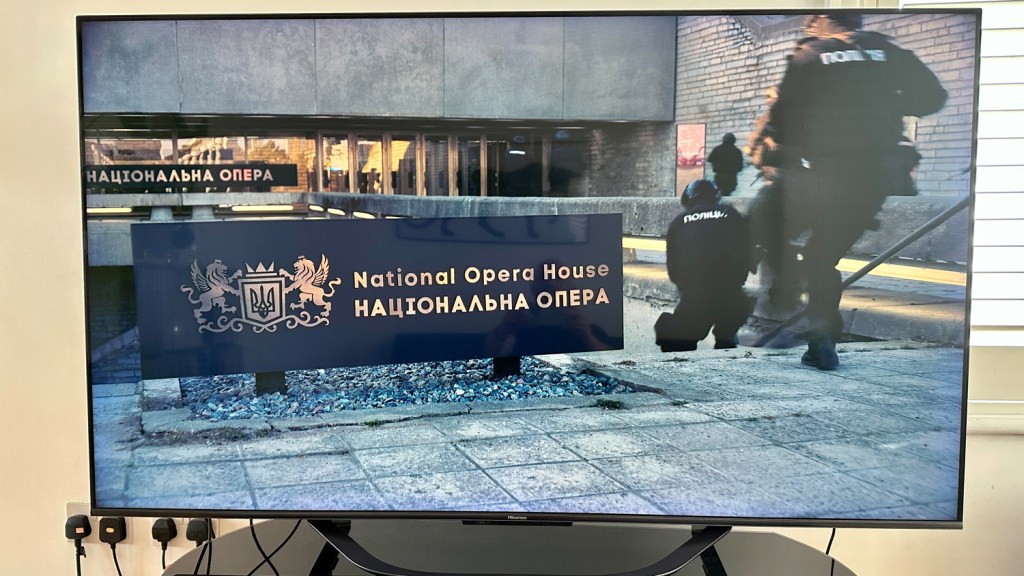
A big screen with a big specification but not all that big a price – and given the right stuff to work with, the Hisense 65U7KQTUK turns in a pretty big performance. At least as far as picture quality is concerned, anyway…
Stuff Says…
Thought your budget wouldn’t stretch to a big, well-specced TV with all the trimmings? Think again…
Good Stuff
Mighty specification
Vibrant, high-contrast and convincing images
Good smart TV features
Bad Stuff
Audio isn’t up to much
Has definite upscaling limits
